We here at Weekdone are proud to present one of our earliest customers, who has been with us since 2015: BMAT. BMAT is a music monitoring company who are driven by a desire to make sure every artist in the world gets the recognition they deserve. BMAT monitors and reports music across televisions, radios, clubs and digital services globally.
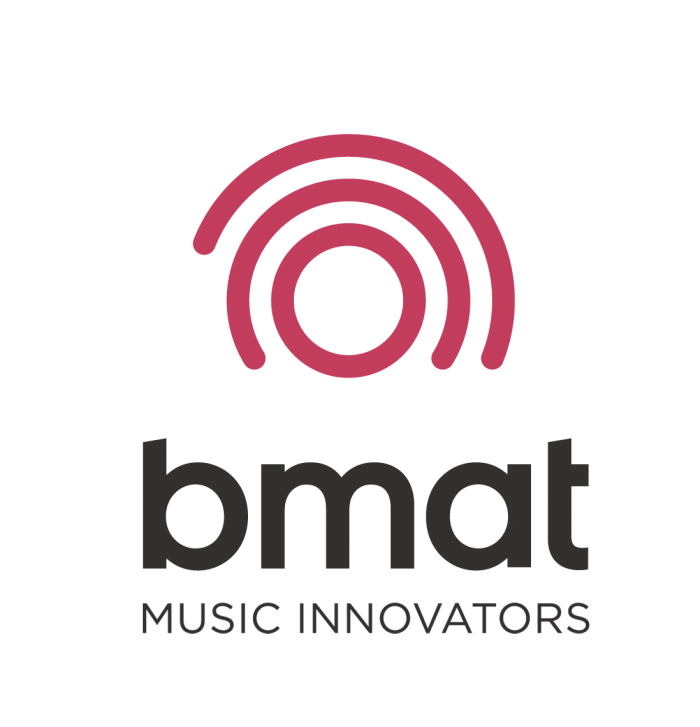
They have been incredibly successful in their endeavor and have been rapidly expanding since 2015. BMAT’s central office is located in Barcelona, but they have offices in 12 countries all over the globe. As they grew in size they began to feel they were beginning to lose focus on their goals, so they began to look for a better way to manage their quarterly goals and align their weekly activities.
I had the honor of speaking with Brais Suarez who is responsible for BMAT’s communications and PR. We went over how Weekdone has helped their company, the importance of having company-wide goals, and the best way to use Weekdone.
Why did BMAT start using Weekdone?
According to BMAT COO Jaume Vintro, by 2015 they had already experienced massive growth. Not just in terms of people but in hierarchical structure dispersion as well. “We’ve always had weekly meetings to synchronize everybody’s objectives, but we reached a point in scaling where we couldn’t keep up with everybody. We didn’t want to lose our focus on long-term objectives” said Jaume.
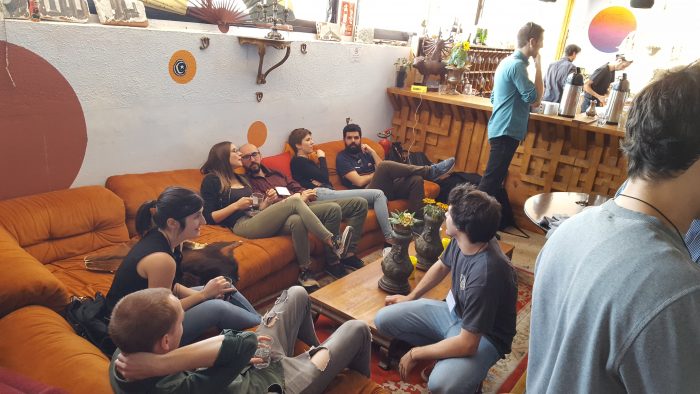
Before they kept track of their objectives by providing updates during meetings and writing out manual reports. This only left a few people in the know about what objectives were being worked on. It had always been a core value for company goals to be transparent so that everybody could get involved in the general strategy of the company.
As each new quarter started, BMAT felt there was a growing disconnect between the company goals and everyone’s activities. It became easy for people to deviate from their original objectives. Sometimes people would take tasks outside the range of their core goals. To avoid this, they began to look for a tool to keep their objectives and their progress at the forefront of everyone’s work.
Embracing the process of setting OKRs
When Brais started at BMAT in 2017 he quickly realized why Weekdone was so necessary. “I liked Weekdone, because of the vision it provides you of the whole company. Also, you can synchronize your work with other teams and share your work via an automated platform,” said Brais.
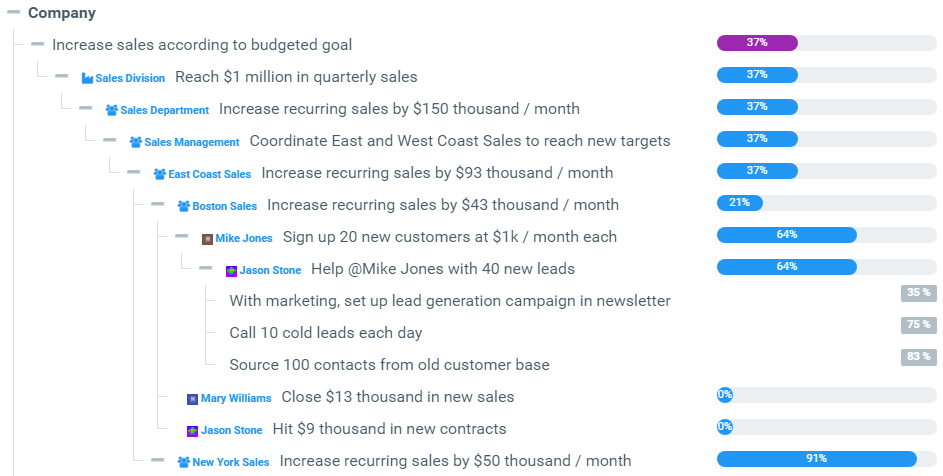
Nevertheless, it took some time to get used to it. In the interview, Brais emphasized the importance of putting effort into learning the OKR methodology and how to best use Weekdone. Brais said that “You should adapt to the tool not the other way around”.
BMAT has now incorporated introductions to OKR and Weekdone into the training of new hires. “Now, when somebody new joins, he or she is given guidelines by the operational team and they are taught how to use Weekdone” said Brais. Also, whenever somebody has a question about Weekdone, their “Weekdone Champion” Jaume will teach them. We at Weekdone have seen that usually companies that have one person responsible for knowing the OKR methodology and Weekdone really well, they are 10x more likely to succeed overall.
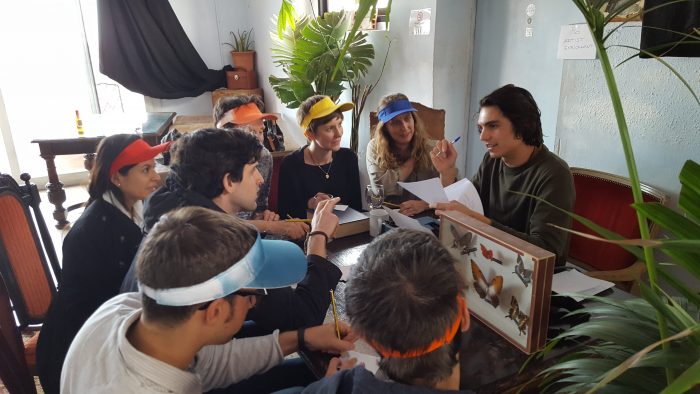
Brais also thinks that it is very important to have a clear reporting structure for the company, so when you come in and use Weekdone, you know who you are reporting to.
According to Brais, Weekdone functions like a personal work diary, where he writes down everything he does. It has also given him a clear understanding of how he should organize his objectives. “It takes time to get the full benefits. You have to have a mindset that working with Weekdone is part of your job. Once you know it, it is very automatic” said Brais.
How BMAT sets OKRs and makes sure they are aligned
BMAT first sets a series of big annual goals then later they divide these objectives between each quarter. They begin by defining their priorities and then start to assign the main responsibilities between different teams. BMAT makes sure that every team and employee know what they must do to work towards the general company objectives. As they set their objectives, they make sure to ask for employee input.
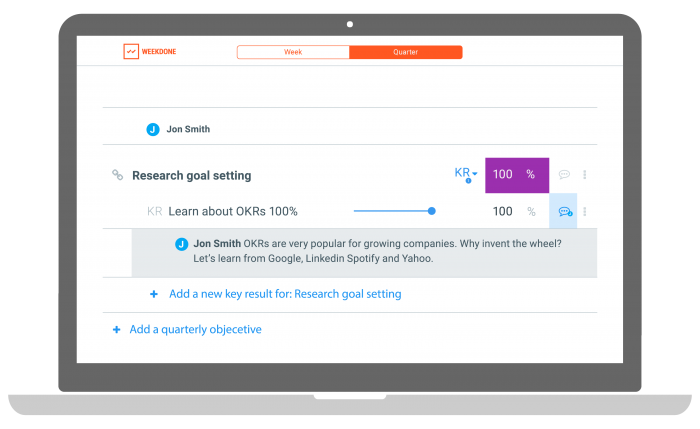
Once the quarterly goals are set, they work in weekly cycles, where every Monday Brais and his team hold a general meeting to plan out the next week. Brais and BMAT in general make sure to link weekly tasks to team and company objectives. This way when their personal progress is achieved the company’s overall progress moves forward along with it. Brais notes that some people prefer to mark their progress continuously, he personally prefers to do so at the end of the week.
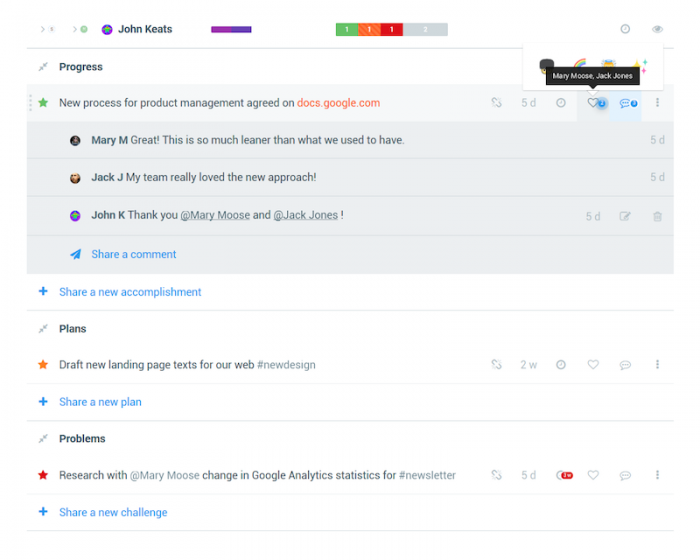
Brais said that he mostly checks in on his team members, but he also likes to see what other teams are up to. “I do it because then I can synchronize my work accordingly and maybe share my ideas or plan tasks that we want to work on together,” said Brais. He also mentioned how great it is to see the level of importance certain teams give to their objectives and tasks. “Then I know what is important to them,” said Brais.
Favorite features and the benefits of Weekdone
Both Brais and BMAT appreciate the linking capabilities Weekdone offers. You can link items to the right objectives and to other teams. So if you make progress, the general progress reflects on the big chart of the whole company. It provides a great overview of what people are up to and how the company is progressing. “That doesn’t mean observing someone, but paying attention to what is going on. This kind of transparency also favors feedback” said Brais.
He also likes the ability to comment and like on other tasks and objectives. Brais makes sure to write down tasks in a very simple way, so everybody can understand them. When he thinks that somebody wouldn’t understand the task by the title alone, he makes sure to add a comment. “I also use comments to remind people what they perhaps need to do together by tagging them,” said Brais. He concluded by saying that using emojis and comments overall add a nice personal touch to the Weekdone platform.
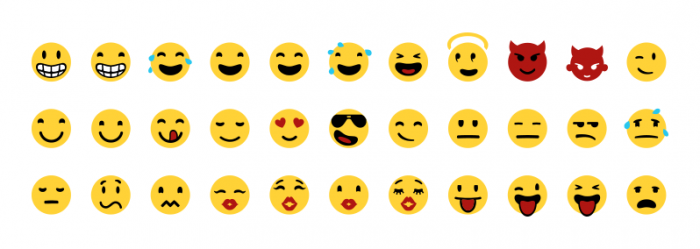
BMAT also uses the weekly satisfaction ratings. If the CEO sees that somebody rated their satisfaction under 3 out of five, he makes a personal effort to talk to that person’s face to face to better understand the issue.

For Brais, Weekdone is an engaging way for evaluating your work. Weekdone shows you if have been working on the right things that move the company forward, or if you need to get back on track. Weekdone provides visibility to everyone that makes it easy to rethink and realign their focus. “When you see everything written down, it is easier to prioritize, especially on what you should do and give more time to,” said Brais.

Brais, what is the single biggest reason you would recommend Weekdone to other teams and companies?
“It is the only tool we found that works well with quarterly OKRs. It reflects the progress of the whole company and everything is visible to everyone.”
Try out Weekdone with your team for free or if you would like to see more Case Studies, click here.